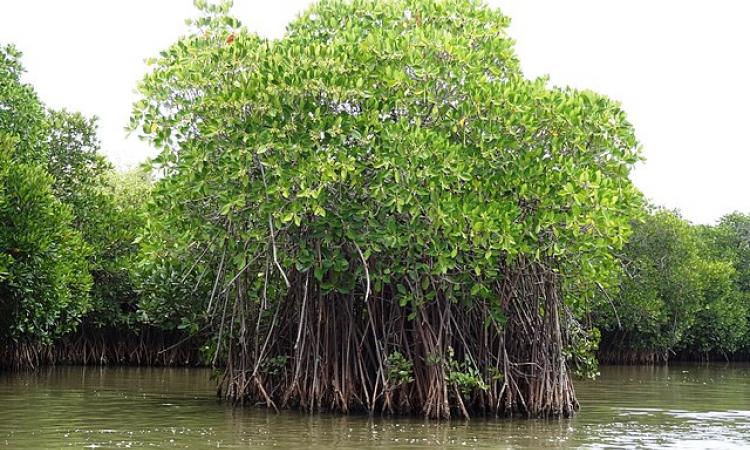
Green growth finds prominence in the Union Budget 2023-24
Green growth ranging from green credits to green energy to green mobility to green farming have been identified as seven main priorities in the Budget this year. However, the Budget also encourages developments that would not qualify as green growth, such as constructing 50 additional airports, and identifying 100 projects to develop last-mile connectivity for sectors such as coal and ports.
The Budget also does not make any provisions for crucial projects such as the National Climate Change Action Plan, the National Adaptation Plan and the National Mission on Himalayan Studies at a crucial time when Joshimath and other towns in the Himalayas are in peril due to land displacement.
While experts have welcomed the emphasis on green growth, they argue for the need to ensure financial support for low-carbon technologies and areas that have undergone of environmental degradation or areas vulnerable to enviromental degradation. (The Wire)
World's longest river cruise over the Ganges raises fears over the survival of the Gangetic river dolphin
The world’s longest river cruise The MV Ganga Vilas has been officially launched from the city of Varanasi in Uttar Pradesh to Dibrugarh in Assam, which will cross 27 river systems in 51 days.
However, environmentalists and conservationists have raised concerns on the negative impact of large ships on the habitat of the Ganges river dolphin (Platanista gangetica). The MV Ganga Vilas will pass through Kaithi village located at the confluence of the Ganges and Gomti River, where the deep water and slower currents provide a safe habitat for the endangered dolphin.
Gangetic dolphins are nearly blind and are known to navigate in the murky waters and find their food by using echolocation clicks. Environmentalists and conservationists fear that noise pollution created due to the frequent sailing of cruise ships, cargo vessels and mechanised boats could interfere with the echolocation clicks of the dolphins making it difficult for them to survive in the river (The Guardian).
Shrinking Wular lake threatens women's livelihoods in Kashmir
Wular, one of the biggest lakes of Jammu and Kashmir and a designated Ramsar site, is shrinking. The lake has lost 45 percent of its surface area to agriculture, encroachment and willow plantation while 27 km2 of the lake has critical levels of silt.
This is greatly affecting the livelihoods of Kashmiri women chestnut harvestors whho depend on the lake for chestnuts as almost 90 percent chestnuts produced in the Kashmir valley come from the Wular Lake. Women harvest chestnuts and also play a large role in processing the nuts.
Harvesting and collecting water chestnuts requires water, but the water level in the lake has reduced drastically due to waste dumped into the lake and excess silt, making chestnut extraction difficult, especially in the winter (Village Square).
Uranium above permissible limits poisons groundwater in twelve states in the country
The recently published Central Groundwater Board report finds that twelve Indian states have uranium levels beyond permissible limits in their groundwater. Uranium concentrations in shallow aquifers ranges from 0-532 parts per billion (ppb), informs the Groundwater yearbook 2021-2022 released in January, 2023.
Punjab is the worst-affected with highest number of wells having uranium concentrations of more than 30 ppb, which include the safe levels prescribed by the Bureau of Indian Standards (BIS) and the World Health Organization (WHO). As high as 29 percent, i.e. about three in every 10 wells tested in Punjab has been found to be contaminated with uranium. Uranium presence in Punjab’s groundwater is found to be 17.7 times more than the safe limit prescribed by WHO. (DownToEarth)
Arsenic contaminated water linked to gallbladder cancer: Study
A recently conducted study by researchers from Bihar and Assam has found that people exposed to arsenic through drinking water are at a higher risk of gallbladder cancer.
Thus participants in the study who were exposed to arsenic concentrations averaging 1.38-8.97 microgram per litre in groundwater had atwo times greater risk of gallbladder cancer. Those exposed to even higher arsenic levels of 9.14-448.39 micrograms per litre experienced a 2.4 times increase in gallbladder cancer risk. The study identified the need for monitoring of high risk populations for early signs of arsenic poisoning. (The Times of India)
This is a roundup of important news published from January 1 - January 31, 2023.
Also view our policy matters this fortnight
/articles/green-growth-finds-prominence-union-budget-2023-24